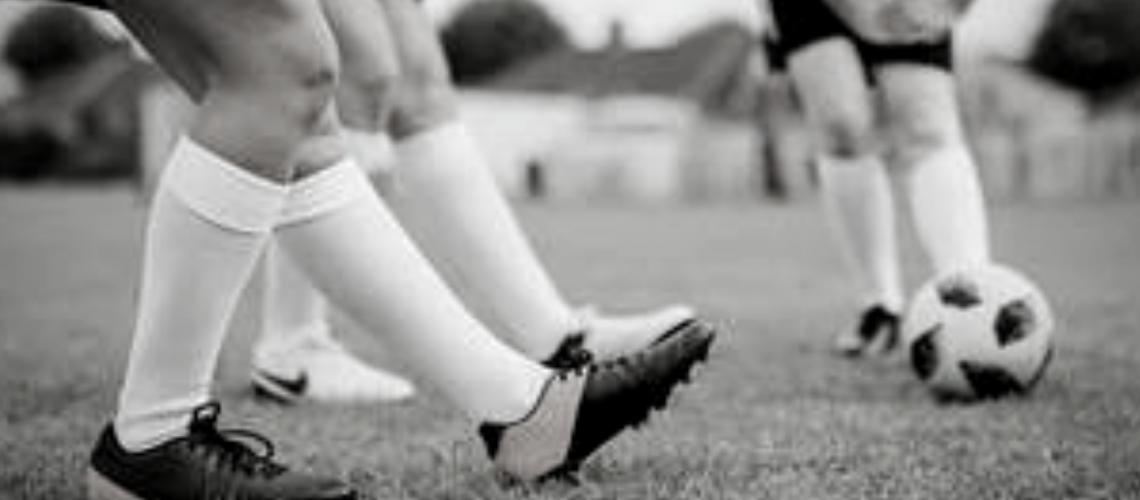We’ve all heard someone tell us to stretch before running or playing a sport to reduce the risk of injury. But is touching your toes or pulling your heel to your butt really enough to reduce your risk of pulling a hamstring or quad muscle while running or playing a sport? The quick answer is NO.
What does stretching do:
The rationale behind static stretching is that it should increase flexibility and reduce stiffness of a muscle which will therefore prevent it from being “pulled”. But the overwhelming research shows that stretching muscles before running or playing a sport does not decrease your risk of injury. This is because stretching before running or playing a sport does not change the visoelastic properties of the muscle; which is the elastic property that allows muscles to become more flexible and remain flexible for a long period of time.1 You might feel the stretch while you perform it and the muscle may even warm up because you are elongating it, but this effect does not last after you finish doing it. Additionally, it is important to note that increasing flexibility of a muscle does not necessarily decrease your risk of injury. Limited research studies do suggest that a stretching program performed everyday over a long period of time can increase the flexibility of muscles by increasing their visoelastic properties2 and this MAY decrease the incidence of muscular injuries but not tendon, ligament, or bone injuries. However, the consensus behind the research is conflicting.
What’s the best way to warm-up to prevent injuries?
The best way to warm-up prior to running or playing a sport is to mimic the requirements of the activity you are about to perform. This includes increasing blood flow to muscles, going through full range of motion of joints (dynamic stretch), activating the muscles required, and performing at the same speed and intensity that you will be performing in your sport. Research shows that a neuromuscular warm up performed prior to engaging in running and sports has shown to decrease the incidence of lower body injuries.3 We recommend different neuromuscular warm up strategies based on the type of sport someone is participating in and his or her history of injury. A tennis player and soccer player will have a different warm up approach based on the diverse movement patterns and muscles required for his or her sport.
Neuromuscular warm up4
- 1. Neuromuscular control and balance
- Warming up and activating muscles: increasing blood flow to the target muscles and doing exercises that activate muscle fibres
- Coordination: performing multi-joint movements that mimic sport
- Balance: ability to maintain your equilibrium in response to perturbations
- 2. Core stability:
- Stability and coordination of the muscles of abdomen, pelvis, back and hips while you run or perform sport related movements
- 3. Plyometrics and Agility:
- Plyometrics: generating the most amount of force in the shortest period of time
- Agility: ability to quickly change the body’s positioning
| Warm up strategy | How it relates to soccer |
| Warming up and activating muscles | Dynamically stretching and activating the quads, hamstrings, groins, calves |
| Coordination & Balance & Core stability | Dribbling the soccer ball with a defender on you, standing on one leg while kicking a ball with the other leg |
| Plyometrics & Agility | Sprinting, cutting |
References:
1 McHugh, M. P., & Cosgrave, C. H. (2010). To stretch or not to stretch: the role of stretching in injury prevention and performance. Scand J Med Sci Sports, 20(2), 169-181. doi:10.1111/j.1600-0838.2009.01058.x
2 Woods, K., Bishop, P., & Jones, E. (2007). Warm-up and stretching in the prevention of muscular injury. Sports Medicine, 37(12), 1089-1099.
3 Herman, K., Barton, C., Malliaras, P., & Morrissey, D. (2012). The effectiveness of neuromuscular warm-up strategies, that require no additional equipment, for preventing lower limb injuries during sports participation: a systematic review. BMC Medicine, 10, 75.
4 F-MARC Football for Health FIFA. The “11+” Manual.

